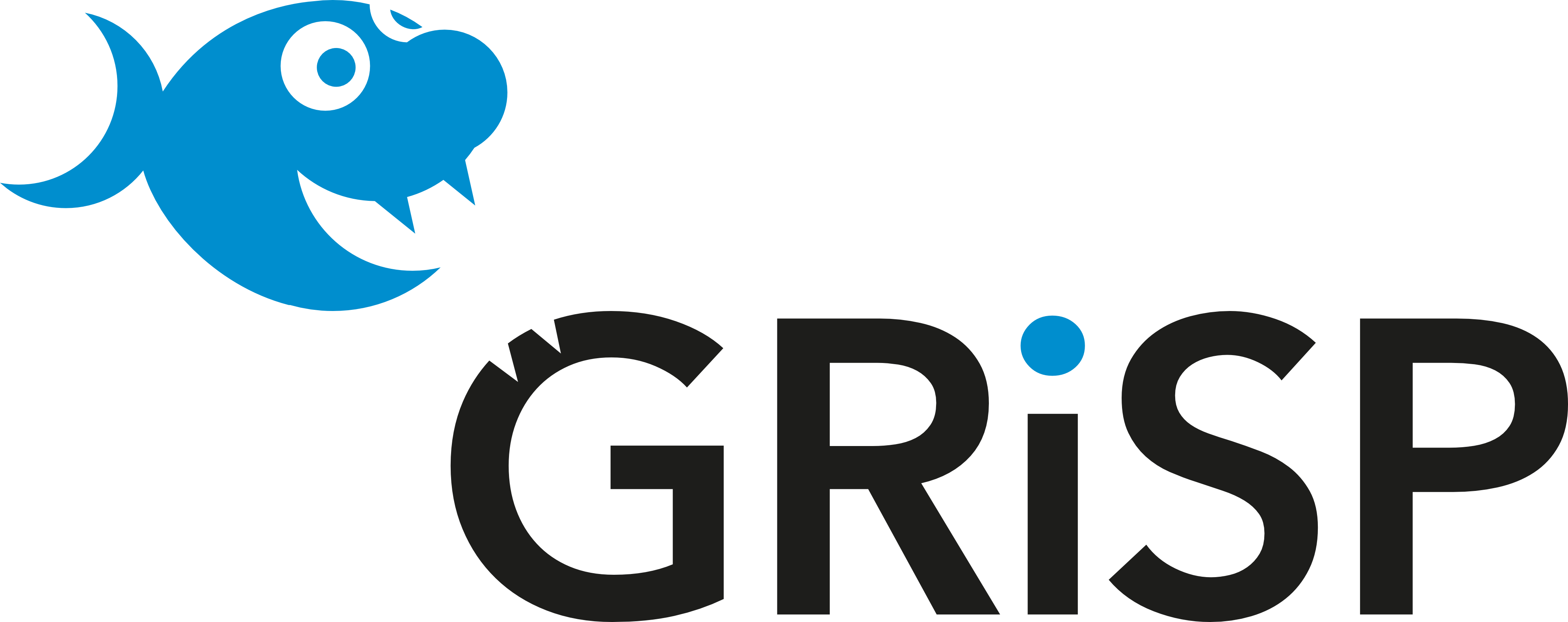GRiSP in 2025: the work that moved us forward
We spent this year moving GRiSP forward in ways that help real projects, from tiny sensors to Linux gateways. Here are the highlights with links and a brief note on what each gives you. In our next posts we will dive deeper into some of these developments.
ARM32 JIT first milestone
In October we executed our first Erlang function as ARM32 JIT-generated machine code and published the details and branch. This is the groundwork for better CPU efficiency on common ARM32 chips without touching application code, which means more headroom on the same silicon and, in many products, lower cost or lower power at scale.
GRiSP Alloy goes open
In September we opened GRiSP Alloy, our Buildroot-based Linux route that boots straight into the BEAM. The write-up walks through the move to Ubuntu Noble on the host, Buildroot 2025.05 and Linux 5.15 on target, and shows OTP 28 running. We also explain why GCC 13 is the stable choice for now. For users this provides a clear Linux user space path when you need familiar libraries and tools while still starting the BEAM predictably on gateways and richer edge devices.
GRiSP Alloy Goes Open, But GCC 14 Crashed the Party!
Livebook, Braid, and braidnode
In March we showed how Livebook talks to GRiSP nodes so you can explore and automate from a notebook. In September we published Braid and braidnode on Hex. Braid lets you create and connect Erlang node clusters, and braidnode is the OTP app and rebar3 plugin for deploying to a braidnet orchestrator. In practice this means you can connect to devices from a notebook, run code on one or several nodes, try multi-node actions safely, and later use the same building blocks to roll out changes to many devices in a controlled way.
Livebook Meets GRiSP: Redefining IoT Development from Cloud to Edge
GRiSP Nano: Erlang in 16 MB
In June we brought an Erlang shell up on a GRiSP Nano prototype with 16 MB external DRAM and an STM32U5. The post documents the memory budget and the build steps that made this work. This gives you a realistic path to run the BEAM on very small memory footprints, which suits low-cost sensors and energy-harvesting nodes. We are preparing a Kickstarter for Nano. You can read the post for the technical details and upcoming steps.
Booting Erlang in 16 MB – A New Milestone for GRiSP Nano
Two releases that move the base forward
In July we released GRiSP 2.9.0. It verifies OTP 28 on GRiSP and adds initial Nano and port emulation support. It also maintains compatibility with OTP 27.3 for users who are migrating at their own pace.
In February we released GRiSP 2.8.0. It moved docs to ExDoc, added the grisp_info diagnostics module, Pulse Width Modulation (PWM) support, and the MTDS touch display driver. Together these changes let you stay current with the BEAM, test runtime code on a workstation before touching hardware, script on-device checks, and add a small touch UI without writing C.
Drivers in practice
PWM and I²C support show up nicely in Eustaquia, a beginner-friendly demo led by our team member Icia Carro. It reads soil moisture over I²C and drives a servo over PWM to animate a face. This is a practical example users can copy when adding simple actuation and feedback.
A small utility worth mentioning
In September we released trellang 1.0.0 with a 1.1.0 update later that month. It is an Erlang/OTP Trello client that keeps dependencies light and offers clear docs for internal ops use.
Community thank you
Thank you to the people who contributed code and reviews this year. Special thanks to Fantarina (Davidra F. ANDRIAMISAINA), odo (Florian Odronitz), and ecpeterson (Eric Peterson). Their work is recorded in the 2.8.0 and 2.9.0 notes.
What we will cover next on the blog
In the next posts we will dive deeper into the new drivers, and we will follow with a GRiSP Nano update and Kickstarter news.
For more on Nano -> extreme optimization, insights into designing energy-conscious boot processes, and an understanding of how to reliably deploy BEAM-based solutions in environments previously considered unreachable, follow Peer at CodeBEAM Europe and attend his conference: Beyond the Squeeze: Shipping a Full BEAM Stack in 16 MB-Now With Energy-Aware Booting.
